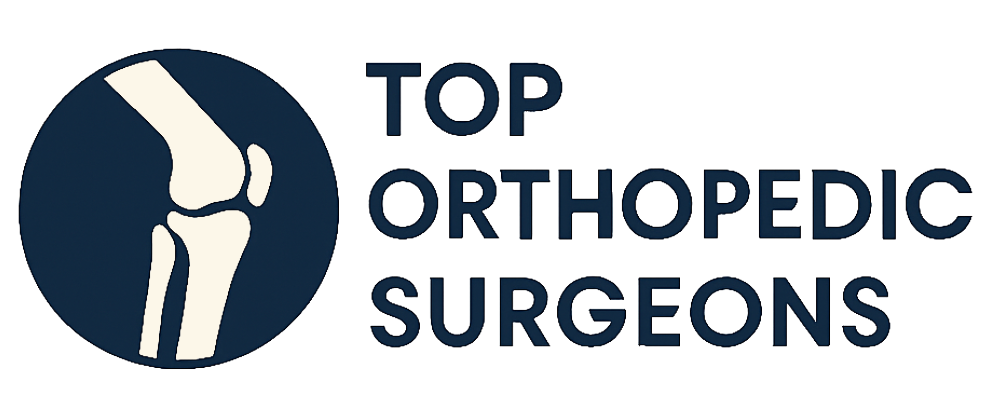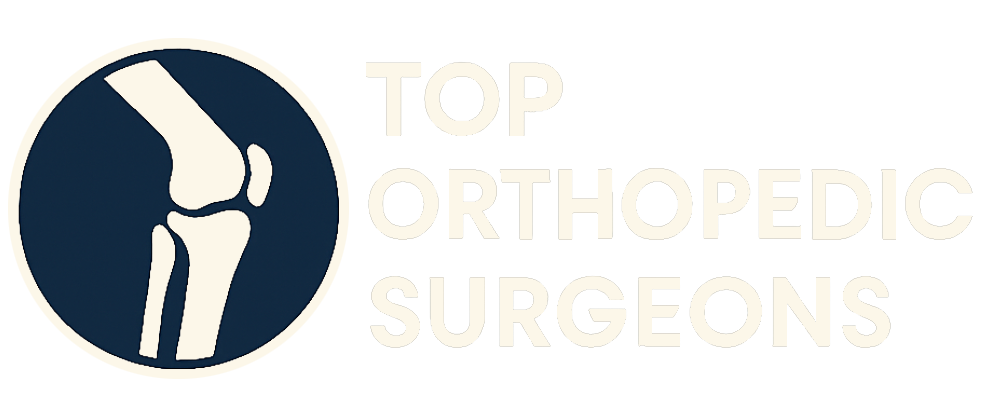Shoulder pain can significantly impact your daily life, limiting your ability to perform even simple tasks. Understanding the potential causes of your shoulder pain and knowing your treatment options are the first steps toward finding relief and regaining full function. This guide provides a comprehensive overview of shoulder pain, exploring common conditions, available treatments, and how to connect with the right orthopedic specialist for your specific needs.
Understanding the Shoulder Joint
The shoulder is a complex joint, one of the most mobile in the human body. This flexibility, however, also makes it susceptible to injury and pain. The shoulder is comprised of three main bones: the humerus (upper arm bone), the scapula (shoulder blade), and the clavicle (collarbone). These bones are connected by muscles, tendons, and ligaments, all working together to provide a wide range of motion.
Key Components of the Shoulder:
- Rotator Cuff: A group of four muscles and their tendons that surround the shoulder joint, providing stability and enabling rotation and elevation of the arm.
- Labrum: A ring of cartilage that surrounds the socket of the shoulder joint (glenoid), deepening the socket and providing stability.
- Bursa: Fluid-filled sacs that cushion the bones, tendons, and muscles around the shoulder joint, reducing friction during movement.
Common Causes of Shoulder Pain
Shoulder pain can arise from a variety of factors, ranging from acute injuries to chronic conditions. Identifying the underlying cause is crucial for effective treatment.
Rotator Cuff Injuries
The rotator cuff is a common source of shoulder pain. Injuries can range from mild strains to complete tears. These injuries often occur due to overuse, repetitive motions, or sudden trauma.
- Rotator Cuff Tendinitis: Inflammation of the rotator cuff tendons, often caused by overuse or repetitive movements. Symptoms include pain, stiffness, and limited range of motion.
- Rotator Cuff Tears: Tearing of one or more of the rotator cuff tendons. Tears can be partial or full thickness. Symptoms include severe pain, weakness, and difficulty lifting the arm.
Shoulder Impingement
Shoulder impingement occurs when the rotator cuff tendons become compressed between the bones of the shoulder, leading to inflammation and pain. This is often caused by repetitive overhead activities.
Frozen Shoulder (Adhesive Capsulitis)
Frozen shoulder is a condition characterized by stiffness and pain in the shoulder joint. The shoulder capsule, which surrounds the joint, becomes thick and tight, restricting movement. The cause of frozen shoulder is not always known, but it can develop after an injury or surgery.
Shoulder Arthritis
Arthritis can affect the shoulder joint, leading to pain, stiffness, and decreased range of motion. There are several types of arthritis that can affect the shoulder, including:
- Osteoarthritis: The most common type of arthritis, caused by the breakdown of cartilage in the joint.
- Rheumatoid Arthritis: An autoimmune disease that causes inflammation of the joints.
- Post-traumatic Arthritis: Arthritis that develops after an injury to the shoulder.
Shoulder Bursitis
Bursitis is the inflammation of the bursa, the fluid-filled sacs that cushion the shoulder joint. This can cause pain, swelling, and tenderness in the shoulder.
Shoulder Instability and Dislocation
Shoulder instability occurs when the shoulder joint becomes too loose, allowing the humerus to slip out of the socket (dislocation). This can be caused by an injury or a congenital condition.
Symptoms of Shoulder Pain
The symptoms of shoulder pain can vary depending on the underlying cause. Common symptoms include:
- Pain in the shoulder, which may radiate down the arm
- Stiffness in the shoulder
- Limited range of motion
- Weakness in the arm
- Clicking or popping sensation in the shoulder
- Pain that worsens with activity
- Difficulty sleeping on the affected side
Diagnosing Shoulder Pain
A thorough evaluation by an orthopedic specialist is essential for accurate diagnosis. The evaluation typically includes:
- Medical History: The doctor will ask about your symptoms, medical history, and any previous injuries.
- Physical Examination: The doctor will examine your shoulder, assessing your range of motion, strength, and tenderness.
- Imaging Tests: Imaging tests may be ordered to help diagnose the cause of your shoulder pain. Common imaging tests include:
- X-rays: To visualize the bones of the shoulder and identify any fractures or arthritis.
- MRI (Magnetic Resonance Imaging): To visualize the soft tissues of the shoulder, such as the rotator cuff, ligaments, and labrum.
- Ultrasound: To visualize the soft tissues and identify any tears or inflammation.
Treatment Options for Shoulder Pain
Treatment for shoulder pain depends on the underlying cause and the severity of your symptoms. Treatment options may include:
Non-Surgical Treatments
- Rest: Avoiding activities that aggravate your shoulder pain.
- Ice: Applying ice packs to the shoulder for 15-20 minutes at a time, several times a day.
- Heat: Applying heat packs to the shoulder to relax muscles and reduce stiffness.
- Pain Medications: Over-the-counter pain relievers, such as ibuprofen or naproxen, can help reduce pain and inflammation. Prescription pain medications may be necessary for more severe pain.
- Physical Therapy: Physical therapy can help improve range of motion, strength, and stability in the shoulder. A physical therapist can develop a personalized exercise program to address your specific needs.
- Corticosteroid Injections: Corticosteroid injections can help reduce inflammation and pain in the shoulder joint. These injections are typically used for more severe pain or when other treatments have not been effective.
Surgical Treatments
Surgery may be necessary for certain shoulder conditions, such as rotator cuff tears, shoulder instability, or severe arthritis. Common surgical procedures include:
- Arthroscopic Shoulder Surgery: A minimally invasive procedure that uses small incisions and a camera to visualize and repair the shoulder joint.
- Rotator Cuff Repair: Surgical repair of a torn rotator cuff tendon.
- Shoulder Stabilization Surgery: Surgical procedure to tighten the ligaments and capsule of the shoulder joint to prevent instability.
- Shoulder Replacement Surgery: Surgical procedure to replace the damaged shoulder joint with an artificial joint.
Preventing Shoulder Pain
While not all shoulder pain can be prevented, there are steps you can take to reduce your risk:
- Maintain Good Posture: Proper posture can help prevent shoulder pain by reducing strain on the shoulder joint.
- Strengthen Shoulder Muscles: Strengthening the muscles around the shoulder can help stabilize the joint and prevent injuries.
- Avoid Overuse: Avoid repetitive movements or activities that can strain the shoulder joint.
- Warm Up Before Exercise: Warming up before exercise can help prepare the muscles for activity and prevent injuries.
- Use Proper Lifting Techniques: When lifting heavy objects, use proper lifting techniques to avoid straining your shoulder.
Finding the Right Orthopedic Specialist
If you are experiencing persistent shoulder pain, it is important to consult with an orthopedic specialist. An orthopedic specialist can accurately diagnose the cause of your pain and recommend the most appropriate treatment plan. When choosing an orthopedic specialist, consider the following factors:
- Board Certification: Ensure that the doctor is board-certified in orthopedic surgery.
- Experience: Look for a doctor with experience in treating shoulder conditions.
- Specialization: Some orthopedic specialists specialize in certain areas of shoulder surgery, such as rotator cuff repair or shoulder replacement.
- Patient Reviews: Read online reviews to get an idea of other patients’ experiences with the doctor.
- Hospital Affiliation: Check to see if the doctor is affiliated with a reputable hospital.
- Communication Style: Choose a doctor who is a good communicator and who you feel comfortable talking to.
Questions to Ask Your Orthopedic Specialist
When you see an orthopedic specialist for shoulder pain, it’s helpful to be prepared with questions. Here are some questions you might consider asking:
- What is the most likely cause of my shoulder pain?
- What tests do I need to determine the cause of my pain?
- What are my treatment options?
- What are the risks and benefits of each treatment option?
- How long will it take to recover from treatment?
- What can I do to prevent future shoulder problems?
Living with Shoulder Pain
Living with shoulder pain can be challenging, but there are steps you can take to manage your pain and improve your quality of life:
- Follow Your Doctor’s Instructions: Carefully follow your doctor’s instructions for treatment, including taking medications and attending physical therapy.
- Modify Activities: Modify your activities to avoid aggravating your shoulder pain.
- Use Assistive Devices: Use assistive devices, such as a cane or walker, to help you move around safely.
- Stay Active: Stay active as much as possible, but avoid activities that worsen your pain.
- Maintain a Healthy Weight: Maintaining a healthy weight can help reduce stress on your shoulder joint.
- Get Enough Sleep: Getting enough sleep can help your body heal and reduce pain.
- Manage Stress: Stress can worsen pain, so find ways to manage your stress, such as through exercise, meditation, or yoga.
Understanding shoulder pain and its various causes is the first step toward effective management and recovery. By seeking professional help from an orthopedic specialist and actively participating in your treatment plan, you can regain function, reduce pain, and improve your overall quality of life. Remember, you are not alone in this journey. There are resources and support available to help you navigate your shoulder pain and find the right path to healing.


